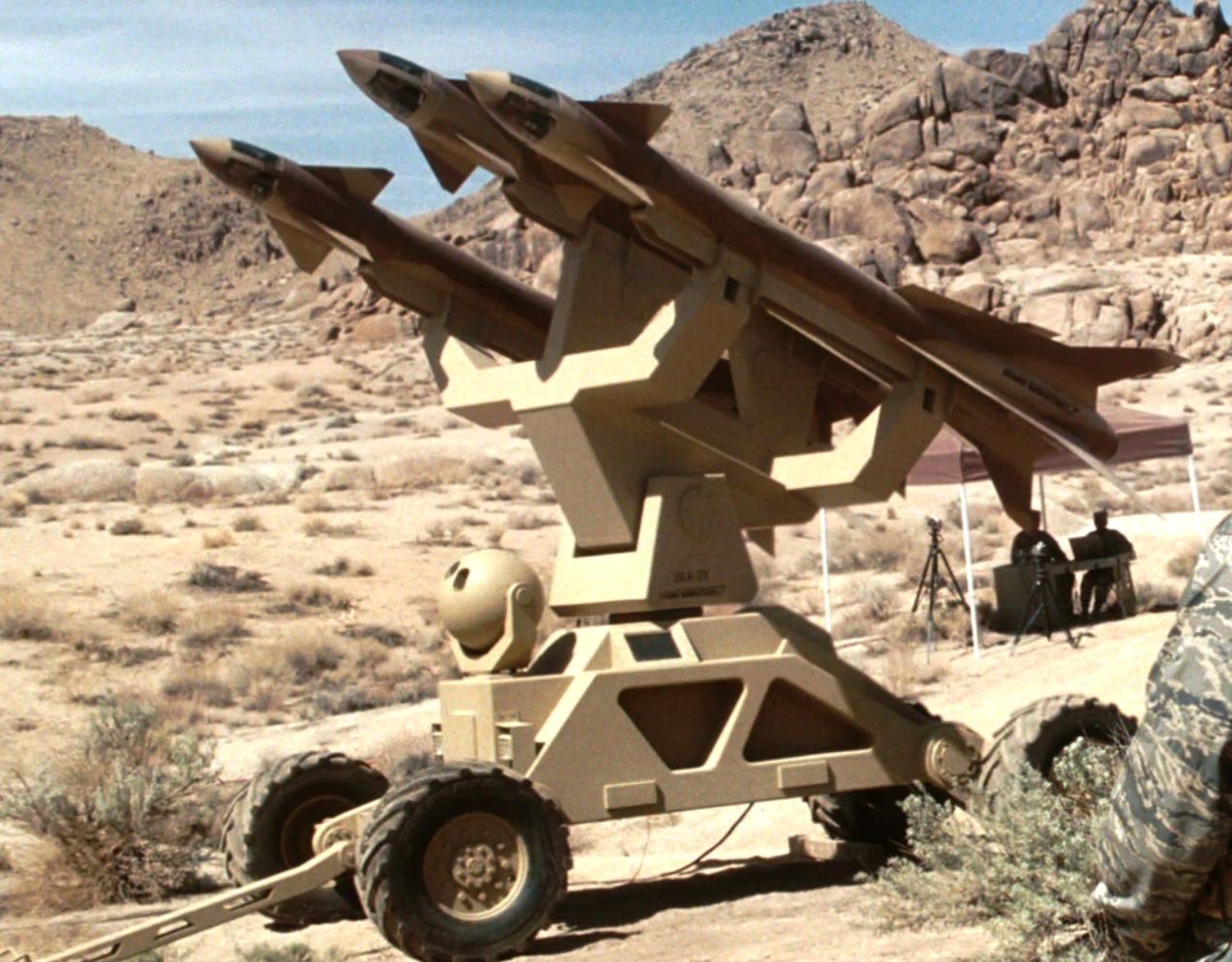Navigating ITAR License Requirements for Demonstrations

Introduction:
In the fast-evolving landscape of technology, showcasing cutting-edge innovations is crucial for businesses to stay ahead. However, when it comes to demonstrating certain technologies with potential military applications, the International Traffic in Arms Regulations (ITAR) comes into play. ITAR is a set of U.S. government regulations that control the export and import of defense-related articles and services.
In this blog post, we’ll delve into the key aspects of ITAR license requirements for demonstrations, helping companies understand and navigate the regulatory landscape.
Understanding ITAR:
ITAR is administered by the U.S. Department of State and is designed to safeguard national security by controlling the export of defense-related items and technologies. The regulations cover a broad range of products, including hardware, software, technical data, and even certain services.
Key Points for Demonstrations:
- Identifying Controlled Technologies: Before planning a demonstration, it’s crucial to identify whether the technology being showcased falls under ITAR-controlled categories. This includes items listed on the U.S. Munitions List (USML), which outlines specific defense-related articles and services subject to ITAR.
- Licensing Requirement Determination: If the technology falls under ITAR control, the next step is determining whether a license is required for the demonstration. The licensing process involves applying for a license with the Directorate of Defense Trade Controls (DDTC) within the U.S. Department of State. For most demonstrations, a temporary export authorization rather than a permanent export authorization will be required. This allows for the temporary export of controlled items for a specific event or timeframe.
- Technology Control Plans (TCPs): Companies should develop and implement Technology Control Plans to ensure compliance with ITAR during demonstrations. This includes stringent access controls, secure handling, and restrictions on the dissemination of technical data.
- Engaging with ITAR Experts: Given the complexity of ITAR, it’s advisable for companies to engage with ITAR experts. These professionals can guide compliance and assist in navigating the licensing process.
- Recordkeeping and Reporting: Comprehensive recordkeeping is essential for ITAR compliance. Companies must maintain records related to export activities, including licenses, authorizations, and any changes to technology or its end-use.
Conclusion:
While ITAR may seem daunting, understanding and adhering to it is crucial for companies looking to showcase their innovations globally. By identifying controlled technologies, determining licensing requirements, implementing effective control measures, and seeking expert guidance, businesses can successfully navigate the ITAR landscape and ensure compliance with U.S. export regulations. In doing so, they can continue to contribute to technological advancements while prioritizing national security.
Comments